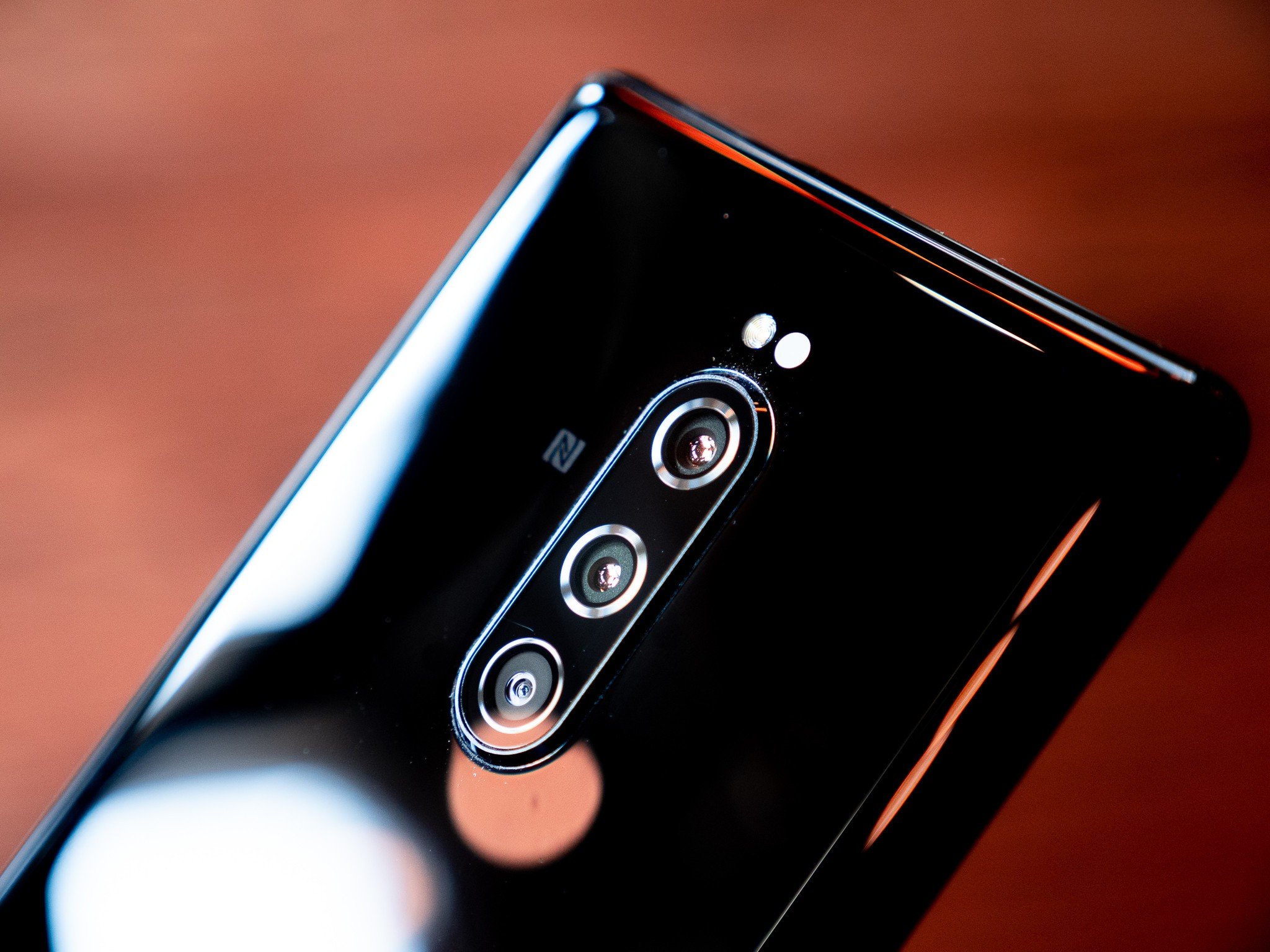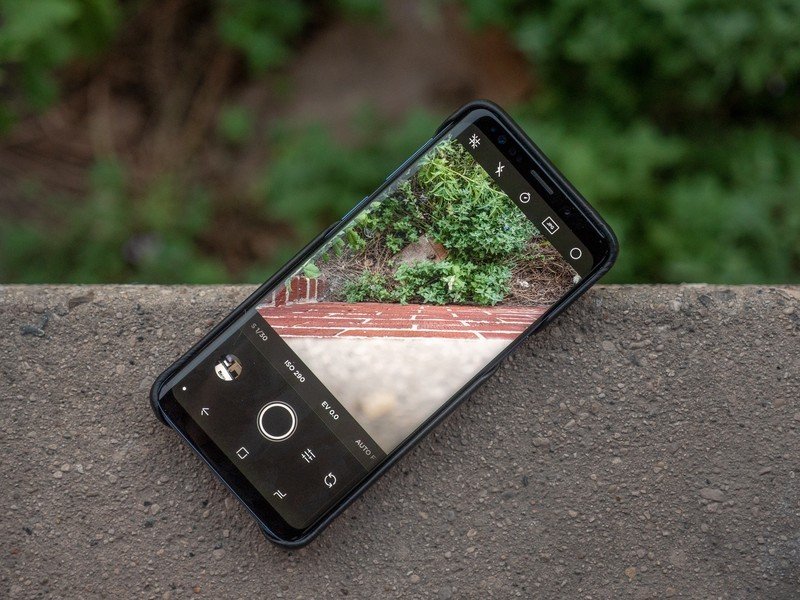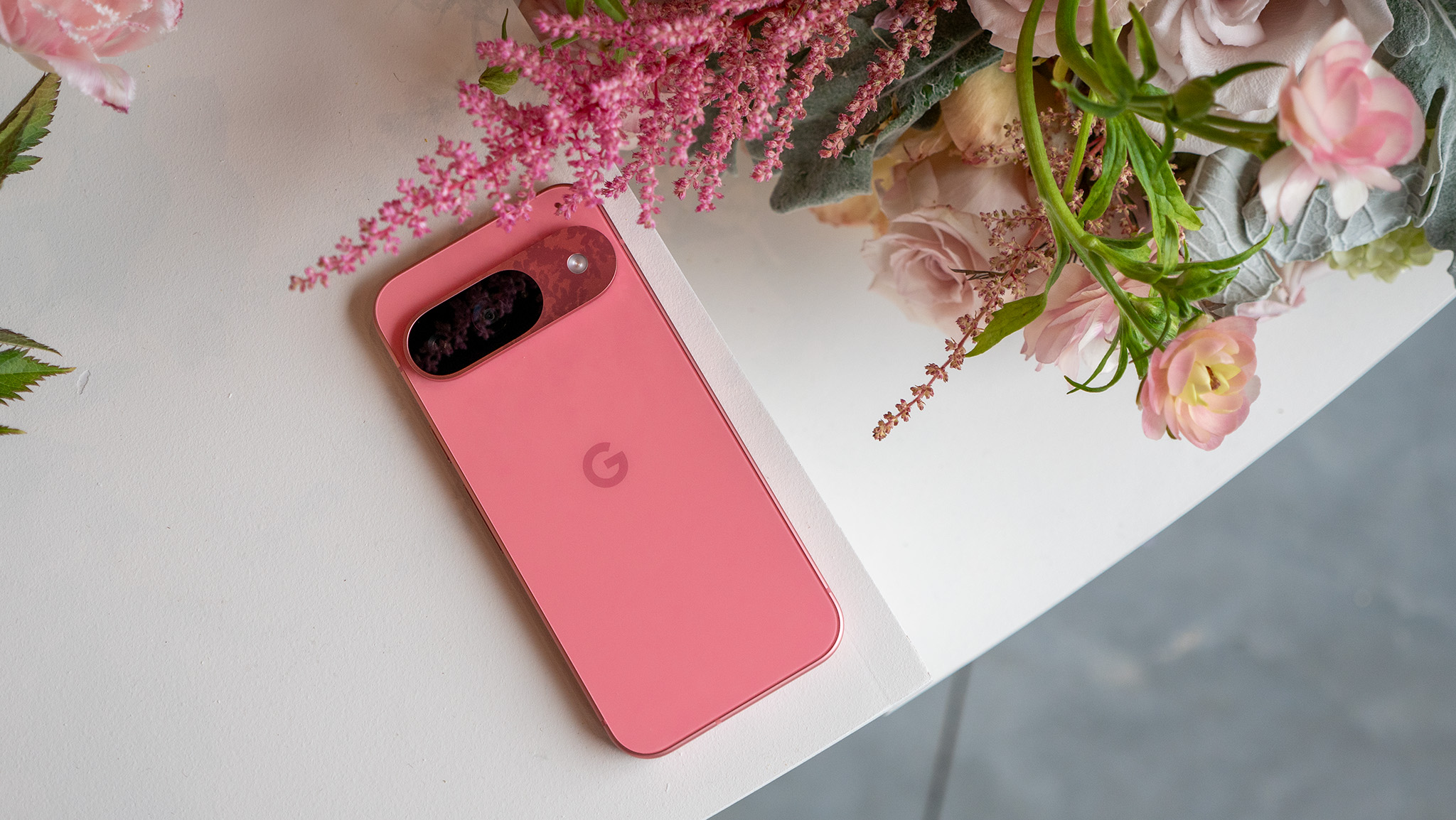Adobe's universal camera app isn't going to be as good as you think if you use an Android phone

We heard that the man behind Google's computational Pixel photography magic, Marc Levoy, was going to work at Adobe and help build a single universal camera app for every phone. We all loved hearing it because, no matter how well the native camera app on your phone is, you'll usually find more features, better features, or at least that one single feature you can't live without in a third-party app.
I'm sorry for doing this, but I'm about to crush our dreams a little bit by explaining why Adobe's app is going to be no better than any other good camera app in the Google Play Store. It's all about access to software and hardware that Adobe isn't going to get.
A new Adobe camera app isn't going to be any better than other existing third-party camera apps.
This is not anything new, but it did float into our consciousness when Moment decided to abandon its Android camera app and gave us a plain-language reason why — Android phone makers don't use the "regular" Google camera APIs. Instead, all seem to have a mishmash of proprietary software and hardware that's used to make a good photo.
A third-party app doesn't have this sort of access and instead relies on the basic Android camera APIs to take control of the minimal amount of hardware needed to capture a photo. That means a third-party app, like Adobe's planned universal camera app, isn't going to be able to use features like pixel doubling or mechanical aperture settings or special AI-powered chips that many phones use. Nope, it gets to control the basics and use the lens. That's it.

And those extras are what make a phone camera great. You would not get the amazing shots from a Google Pixel 4 without using Google's proprietary Neural Engine and the silicon that drives it. You can't use the incredible "regular" zoom on a Galaxy S20 without access to Samsung's software and hardware. The same applies to every good Android camera, no matter if it's from Huawei, Sony, or LG.
Google knows this is an issue and has taken steps to address it.
Google has taken a small step to fix this by releasing the CameraX Jetpack Library in April 2020. What that could do is allow Android phone makers to open up all of their secret sauce to third-party apps in a way that would still protect their intellectual property rights. But participation is optional, and Android phone makers don't have to share anything. So they haven't, and they won't. We see the same thing year after year whenever something is optional.
We've already had a preview of what is likely going to happen here in the unofficial Gcam ports for various phones. Getting Google's Pixel phone camera app installed on other phones with better camera hardware doesn't mean better photos. Google's camera app is designed to take advantage of the special silicon inside Pixel phones that is used to build a finished picture.
Get the latest news from Android Central, your trusted companion in the world of Android
Android OEM's don't like to share everything.
Samsung, Huawei, and every other Android manufacturer that makes a good camera also has its own special software or hardware or both. But the Google camera app can't use any of it. It leverages the standard Android Camera2 API, and the photos aren't anything special.

What makes all of this even worse is how well a Marc Levoy-designed Adobe camera app will probably be on iOS. The APIs in iOS are standard for every app, including Apple's own, and the result is some very good third-party camera apps like Halide. Using the standard camera and machine learning APIs in iOS means Levoy can work out something very much like the Pixel phone camera on a modern iPhone.
Google has to find a solution that keeps its partners — and the courts — happy.
The only company that can do anything about this whole situation is Google. What it could do, unfortunately, is also something that nobody really wants — force Android phone makers to toe the line using access to the Google Play Store as leverage. That is also something that probably wouldn't fly too well in an EU court, so it's unlikely that Google has a simple solution it can roll out.
What we can do is sit and twiddle our fingers waiting for a solution, and in the meantime, learn to live with the camera app that came with our phone instead of enjoying great photos and videos from apps like Instagram or a new app from Adobe. We don't have to be happy about it, though, and I'm not.

Jerry is an amateur woodworker and struggling shade tree mechanic. There's nothing he can't take apart, but many things he can't reassemble. You'll find him writing and speaking his loud opinion on Android Central and occasionally on Threads.
